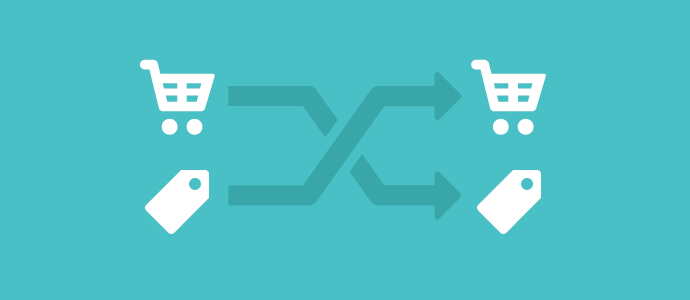Selling is really about buying. But you knew that, right?
That means that we, as sellers, really need to understand our buyers. This can and should inform everything we do as sales professionals. Let's start with the fundamentals:
- Knowing who your buyer is (and isn't)
- Understanding how your buyer buys (or stalls)
- Studying who else is approaching your buyer (and why)
- Examining what your buyer considers a benefit (or changing how they think about the problem in the first place)
- Exploring how the buyer measures these benefits (and associated risks)
Building buyer personas can help. Knowing your customer can help you pursue the right leads, better (dis)qualify opportunities, position against the competition, and close more often. Good news: There are templates to help you do it, like this one: Hubspot's Persona Builder Template.
Mapping your buyer's journey comes next. Consider each choice the buyer could make. Draw upon your experience and the experience of others to do it. Sales Benchmark Index makes this easy with a buyer's journey template.
But who needs a template? Just think about your last 10 deals and how each went down. Perhaps it looks something like this:

This is a great manager/rep coaching exercise by the way, especially for new hires. To be clear, this is not a post-mortem. It isn't about winning one deal in particular. It is about understanding the buyer's process, playing your part well, and winning more deals as a result.
Now that you understand your buyer—and how your buyer buys—we can explore a few best practices for how to take control of that process. But that will have to wait for my next post. In the meantime, request a demo and we'll show you how Clari can help.


